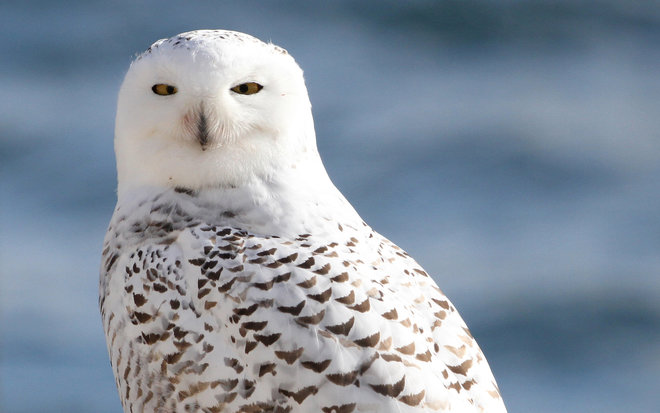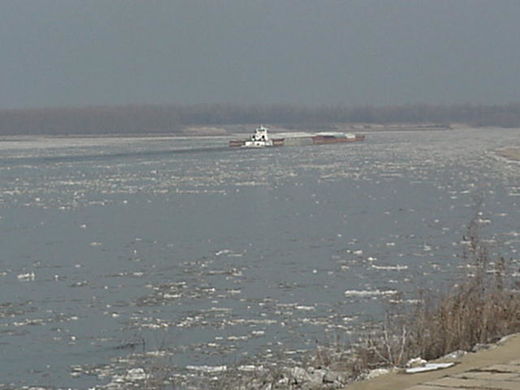A storm with rain and heavy snow will cause major disruptions and delays for Thanksgiving travel on the East Coast and in the Appalachians.
According to AccuWeather Chief Meteorologist Elliot Abrams, "In most cases, the worst time to travel in the mid-Atlantic and New England due to the storm will be on Wednesday and Wednesday night."
"The best time to travel will be through Tuesday night in these same areas, with the next best time on Thanksgiving Day."
Rain will initially spread northward along the Interstate-95 with snow and rain to start farther west in the I-81 corridor. However, a change to snow will take place from west to east from northern Virginia to New England.
The storm will bring mostly snow to the I-81 swath in Virginia, Maryland and Pennsylvania, I-84 in southeastern New York state, as well as much of interior New England, where a general
6-12 inches of snow are forecast.
In anticipation of delays or cancellations, several airlines, including US Airways, American and Delta, have announced they will waive change fees for passengers scheduled to fly into airports in the line of the storm.
Some places across the Hudson Valley and New England could even have snow totals exceeding a foot.
"The storm should rapidly strengthen off the coast of New England on Wednesday night, leading to strong and gusty winds, especially near the coast," stated AccuWeather.com Meteorologist Ben Noll as he discussed the impacts in this storm scenario.


Comment: Think the past winter was bad? Get ready for mini Ice Age